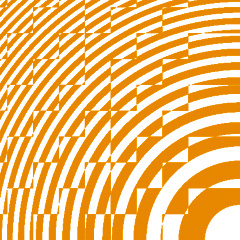There is growing demand for three-dimensional, in vitro biological tissue models. These models are needed for fundamental investigations -- for example of angiogenesis, tumor cell intra- and extravasation, neuronal growth, or the behavior of the blood-brain barrier. Meanwhile, affordable, reproducible tissue models are needed for drug screening. These applications all call for suitable extra-cellular scaffolds: soft microstructures with controlled stiffness or stiffness gradients, pore-sizes, and chemistry. Such scaffolds are usually made using hydrogels: water-carrying polymer networks which may be natural or synthetic in origin. Yet existing techniques for patterning hydrogels are either two-dimensional, or are slow, serial techniques relying on scanning nozzles or laser beams.
We are developing a new technique, 3D Holographic Lithography (3DHL), to enable the fast, inexpensive formation of three-dimensional hydrogel microstructures. The technique involves merging iteratively designed holograms with diffractive lenses to form planar phase masks that can be integrated with microfluidic devices. Each optical element is designed to pattern and focus light at a particular plane within the device, allowing 3D cellular scaffolds to be quickly constructed by photocrosslinking a polymer solution. The planar patterns could be cheaply replicated over areas of many square centimeters -- for example by nanoimprint lithography -- promising a hydrogel-structuring technique that would be available upon demand in any laboratory.


